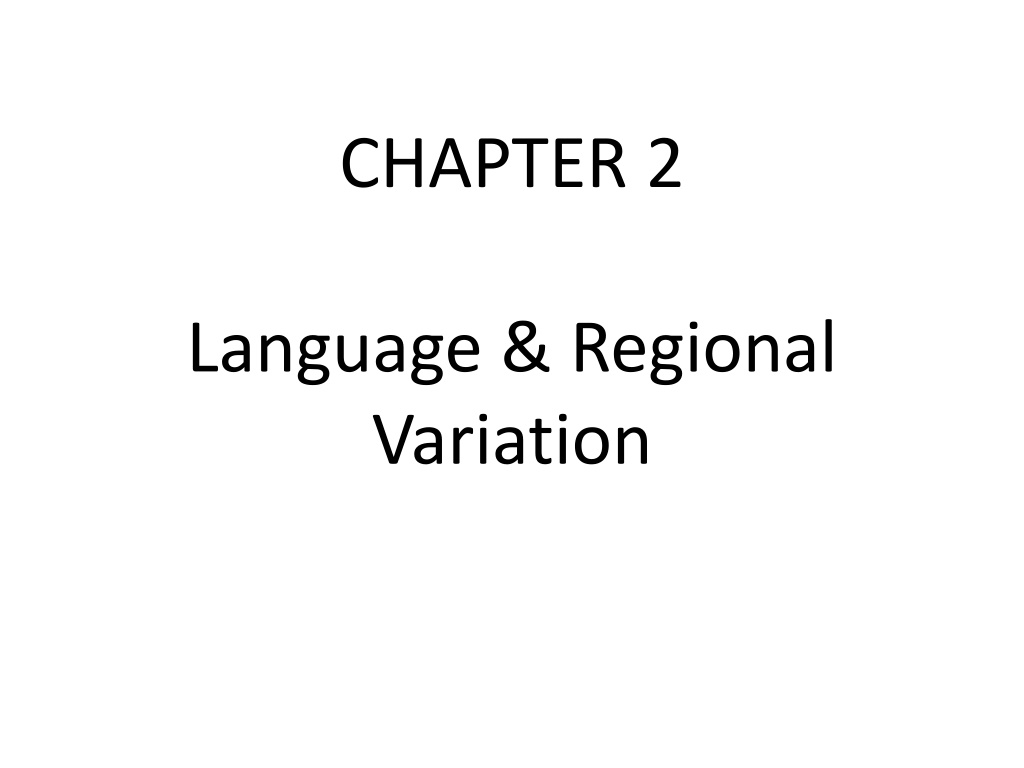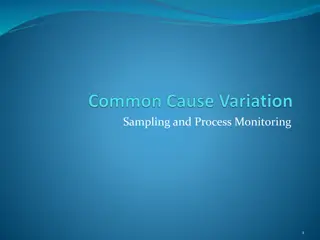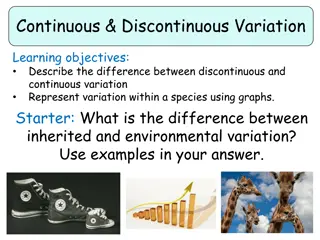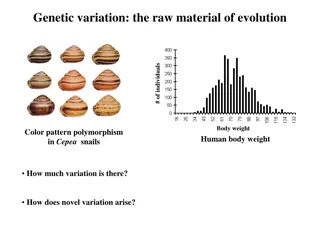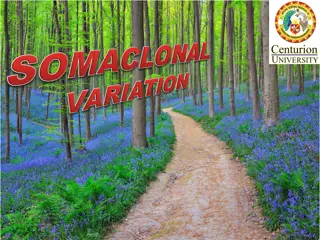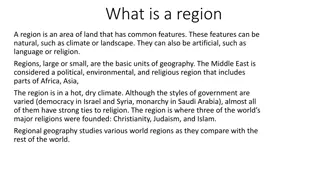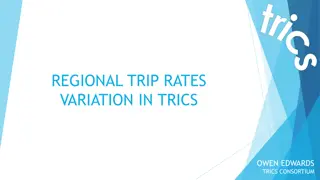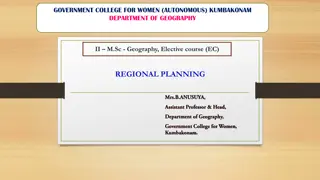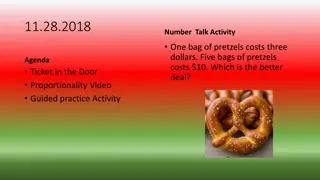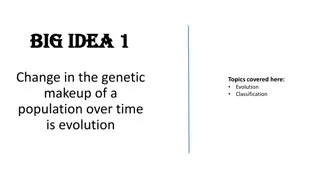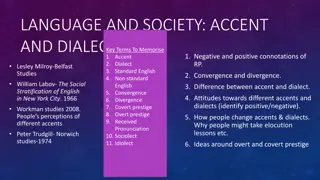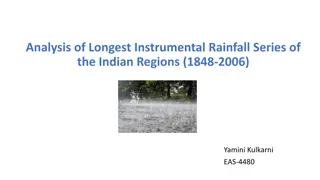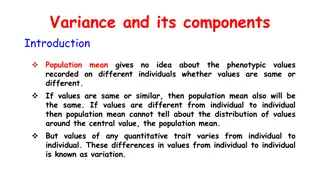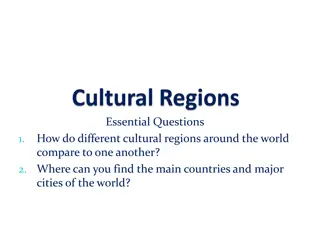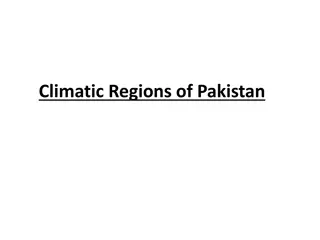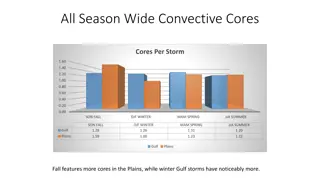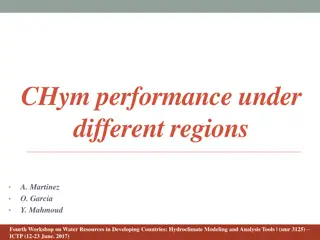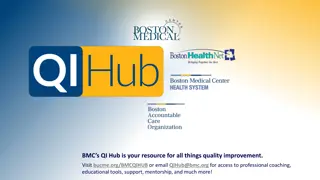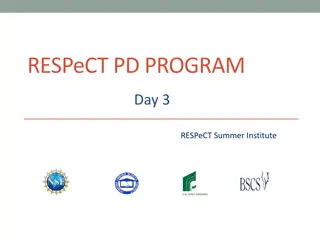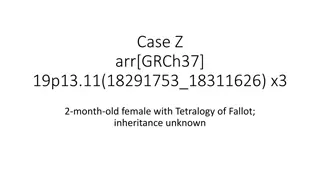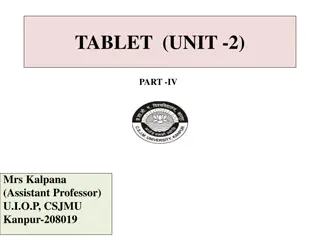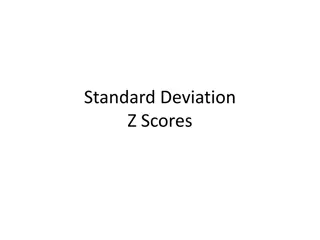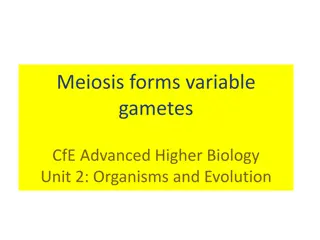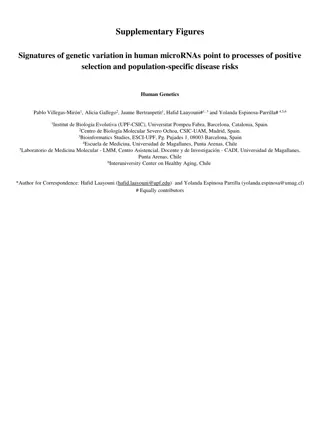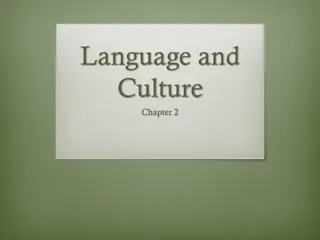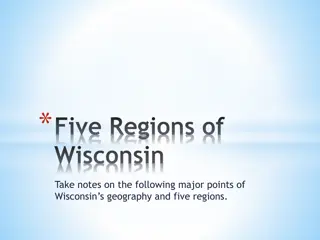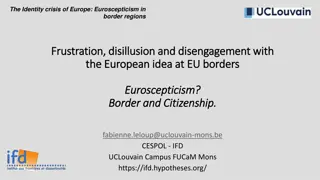Exploring Language Variation in Different Regions
Language and regional variation are evident across the world, influencing accents, dialects, and language usage. From standard languages to unique dialects, the diversity in language reflects cultural and geographical differences. Understanding dialectology helps appreciate linguistic nuances and mutual intelligibility among speakers.
Download Presentation

Please find below an Image/Link to download the presentation.
The content on the website is provided AS IS for your information and personal use only. It may not be sold, licensed, or shared on other websites without obtaining consent from the author. Download presentation by click this link. If you encounter any issues during the download, it is possible that the publisher has removed the file from their server.
E N D
Presentation Transcript
CHAPTER 2 Language & Regional Variation
E.g. English spoken in Hawaiian accent/dialect. Every language is spoken in many variations E.g. America English British English Australian English Also there exists a range of varieties in different parts of these countries. Linguistic geography: Investigating aspects of language variation based on where that language is used.
The Standard Language Standard language: An idealized variety/ having no specific region A variety associated with administrative, commercial and educational centers, regardless of regions. Mostly found written than spoken Found in: Printed docs Mass media Schools E.g. Standard English The general variety used in public broadcasting in specific countries, e.g.: Standard American English Standard British English
Accent & Dialect Accent: Clip We all speak with an accent/ every language user speaks with an accent some more distinct than others. It is restricted to the description of aspects of pronunciation that identify where an individual speaker if from regionally or socially.
Dialect: Used to describe features of grammar and vocabulary as well as aspects of pronunciation e.g. 1/ You don t know what you re talking about = Ye dinnae ken whit yer haverin aboot - dialect of Scottish English differences in pronunciation + voc + grammar e.g.2/ A: how long are youse here? (irish dialect) B: Till after Easter C: We came on Sunday
Dialectology Despite occasional differences, there exists a general mutual intelligibility among speakers of different dialects. Dialectology: To distinguish between two different dialects of the same language (and two different languages) From a linguistic point of view, No dialect is better than the other, they are only different. From a social point of view, some varieties become more prestigious/ e.g. the standard language / associated with a city with economic & political power./ e.g. London for British English
Regional Dialects Clip Sometimes people view different regional dialects as a source of humor and mockery. Some regional dialects have stereotyped pronunciations associated with them. Regional Dialect surveys: Investigation of consistent features of speech found in one geographical area compared to another. Norms non-mobile, older, rural, male speakers / less likely to have been exposed to outside influences. Info collected served as the basis of Linguistic Atlases of whole countries.
Isogloss: An imaginary line that represents a boundary between two areas with regards to one particular linguistic item. Dialect boundary: When a number of isoglosses come together to form a more solid line = a dialect boundary E.g. Northern & Midland dialects in USA / paper bag paper sack
The Dialect Continuum Dialect continuum: At most dialect boundary areas, one dialect (or language variety) merges into another. There are no sharp breaks from one region to the next Regional variations can be seen as existing along a dialect continuum. Bidialectal: clip Speaking two dialects most of us are bidialectal / one dialect among family & friends and another dialect in school. Bilingual: People knowing two distinct languages.
Bilingualism & Diglossia Bilingualism: Bilingual: People knowing two distinct languages. Clip Canada/ an official bilingual country/ both French & English as official languages. Usually associated with minority groups. Or, Individual bilingualism: result of having two parents speaking different languages./ one lang will e the dominant one.
Diglossia: low variety and a high variety. E.g. Classic Arabic
Language Planning Monolingual: U.S.A. San Antonio, Texas/ Spanish Guatemala 26 Mayan languages spoken + Spanish (should education be in Spanish?) Necessity of language planning
Language planning: Government, legal & educational organizations in many countries have to plan which variety of the languages spoken in the country are to be used for official business. The official government language . E.g. Israel / Hebrew India / Hindi / riots Philippines / Filipino
A series of stages have to be implemented over a number of years. E.g. Swahili as the official national language of Tanzania in East Africa. Gradually introduces Swahili : 1/ Selection (official) 2/ Codification (grammar dictionaries) 3/ Elaboration (social uses - literary) 4/ Implementation (encourage) 5/ Acceptance (majority)
Pidgins & Creoles Pidgin: A variety of language that developed for some practical purpose among groups of ppl who had a lot of contact but who did not know each other s languages. E.g. for trading No native speakers. Origin of pidgin Chinese word for business
Lexifier: The main source of words in the pidgin. E.g. English pidgin / English is the lexifier language Does not necessaraly maintain same meaning or pronunciation / grass in Tok Pisin = hair Pidgins are charecterized by a simple grammar and limited vocabulary e.g. tu buk = two books di gyal place = The girl s place Buk bilong yu = your book by and by head belong you he alright again = Your head will soon get well again. Maid langauges inta fe ruh/ inta fe ije
Creole: When a pidgin develops beyond its role as a trade or contact language and becomes the first language of a social community. Initially develops as the first language of children growing up in a pidgin-using community. Has a large number of native speakers. / unlike pidgin. E.g. Tok Pisin Hawaii creole English French creole in Haiiti (famous poet hanged himself with a French dictionary) English creoles in Jamaica.
The post creole continuum Creolization: Development from a pidgin to a creole. Decreolization: When speakers tend to use fewer creole forms and structure in favor of a higher variety that is associated with greater social prestige. Closer to the standard model of the language. E.g. British English in Jamaica
